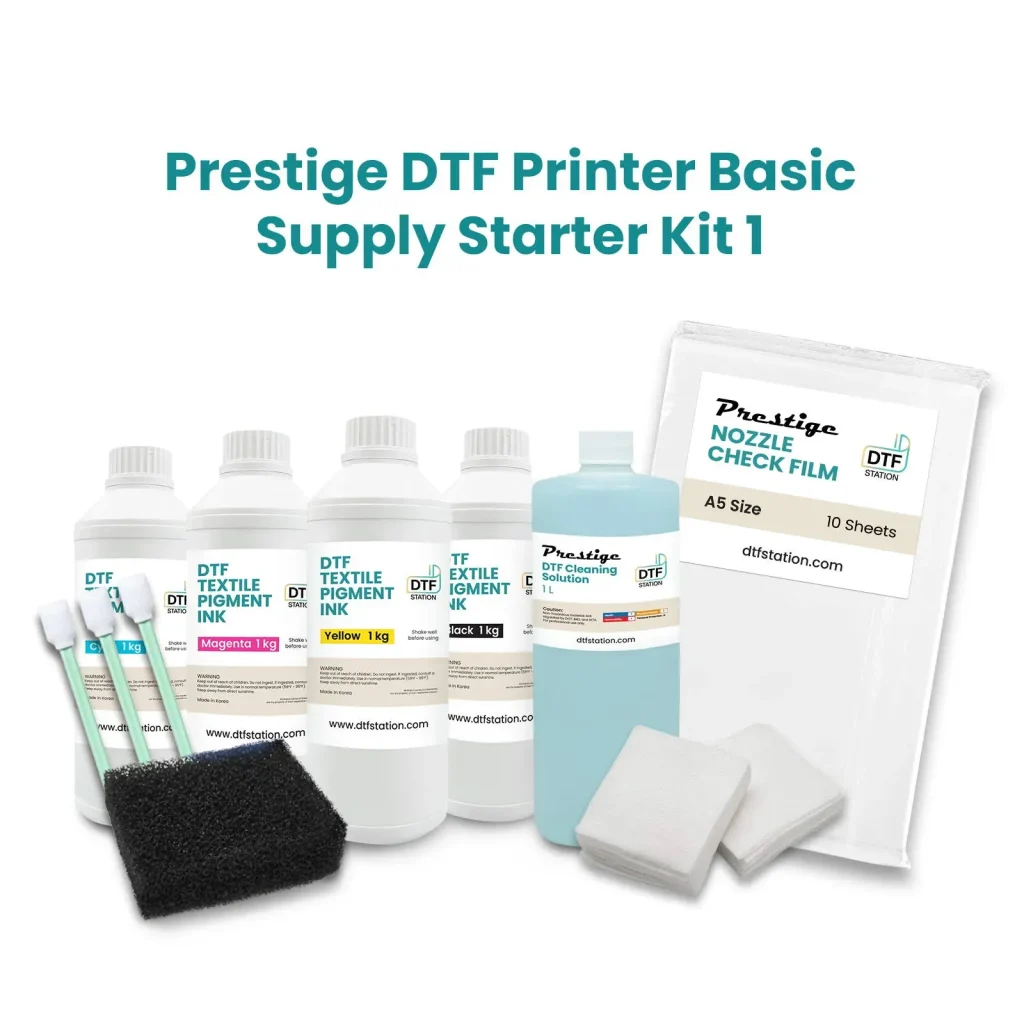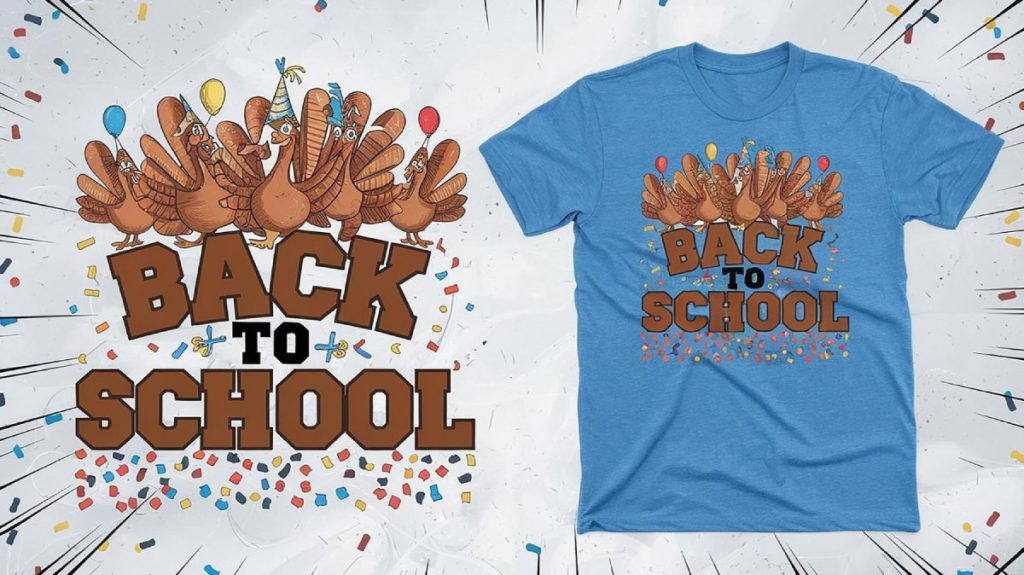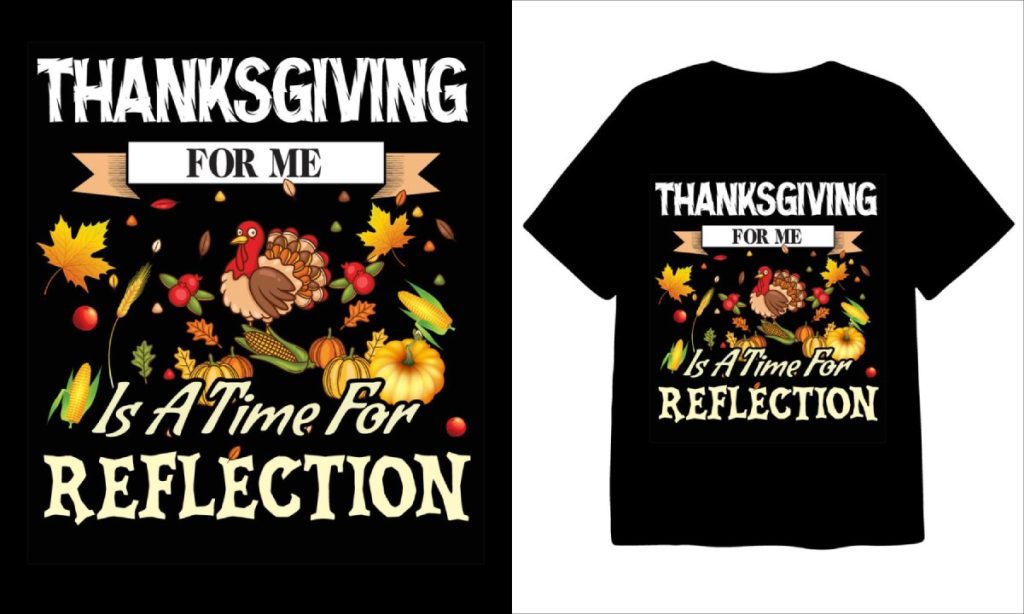DTF supplies are the backbone of any successful Direct to Film printing venture, serving as the essential tools that enable vibrant and professional-quality prints. If you’re a beginner eager to explore this innovative printing technique, understanding what DTF supplies to acquire is crucial for your projects’ success. Among the must-have items are a high-quality DTF printer, specialized DTF film for optimal transfers, and the right DTF ink that guarantees long-lasting results. Additionally, don’t overlook the importance of DTF adhesive powder and professional design software, which play pivotal roles in the quality and durability of your prints. This guide presents the top 10 essential DTF supplies for beginners in 2023, setting you on the path to mastering DTF printing efficiently and creatively.
In the realm of printing techniques, Direct to Film (DTF) is transforming how designs are applied to various surfaces, making it a popular choice among crafters and professionals alike. This method involves using a specific type of film for transfer and relies on a specialized printer tailored for vibrant color reproduction. Essential components like heat transfer powder and design software further enhance the quality of prints you can achieve. As you delve into this dynamic field, knowing which supplies are vital to your success will significantly enhance your creative projects. Whether you refer to it as DTF printing or Direct to Film application, having the right tools at your disposal is key to unlocking your full potential.
The Basics of DTF Printing Equipment
When starting your journey into DTF printing, understanding the essential equipment is crucial. The DTF printer is the centerpiece of your setup, designed specifically for producing high-quality prints directly onto various surfaces. Most entry-level models come with features tailored for beginners, such as user-friendly interfaces and compatibility with DTF ink and film. Prioritizing printers optimized for vibrant colors and detailed outputs will greatly enhance your projects and overall satisfaction with the DTF printing process.
In addition to the DTF printer, other equipment like high-quality DTF inks and the right software must be considered. The inks you choose must be suited for DTF applications, ensuring bright and durable prints. Utilizing design software, like Adobe Illustrator or CorelDRAW, allows you to create intricate designs that can be effortlessly transferred during the printing process. Each piece of equipment plays a distinctive role, and a holistic understanding of their function can significantly improve your experience as a beginner.
Choosing the Right DTF Film
DTF film is one of the most critical supplies for successful DTF printing. This film serves as the medium for your designs, and its selection can impact the quality of transfers. Look for films specifically manufactured for DTF printing, as they are designed to interact seamlessly with DTF inks. Consider aspects such as thickness and compatibility with the fabrics you plan to print on, ensuring that you capture the details and vibrancy of your designs.
When starting, it’s beneficial to experiment with various options of DTF film to see which yields the best results for your specific projects. Lightweight films may be easier to handle, while heavier films may enhance durability. Additionally, consider reading user reviews and testimonials to gauge the performance of different brands and types of DTF film to find the most suitable one for your needs.
Understanding DTF Adhesive Powder
Adhesive powder is essential in DTF printing, as it plays a significant role in solidifying the ink onto the DTF film, ensuring strong adherence to fabrics once heated. Quality adhesive powder guarantees that your designs can withstand multiple washes and the test of time. As a newcomer, consider trying out different adhesive powders from reputable manufacturers to determine which one delivers the best overall performance for your prints.
Remember, the right adhesive powder can make or break the durability of your finished product. When applying the powder, ensure even coverage to achieve a consistent transfer. Learn proper application techniques and experiment with layering to optimize the use of adhesive powder in your DTF projects, reinforcing your designs for long-lasting quality.
Maximizing Efficiency with Heat Presses
A heat press is an indispensable component of your DTF printing setup, crucial for transferring designs from the film onto various surfaces. For beginners, clamshell heat presses are often recommended due to their straightforward operation and compact design, which suits home printing setups. Look for equipment that allows you to adjust temperature and pressure settings, providing you flexibility depending on the material you are working with.
Investing in a reliable heat press is vital for achieving professional-quality prints. Understanding how to correctly position your designs and adjusting the heat press settings can make a noticeable difference in the final outcome of your printed products. Regular maintenance of your heat press will ensure great results consistently, making it a valuable investment in your DTF printing journey.
Exploring DTF Design Software
Design software is a critical part of the DTF printing process, enabling you to create detailed and high-quality designs that can be transferred onto your chosen materials. Vector-based software, such as Adobe Illustrator or CorelDRAW, is preferred for DTF printing, as it allows for scalable images without losing quality. Take the time to learn the ins and outs of these programs, as proficiency can drastically enhance the final result of your prints.
In addition to basic design capabilities, some design software tools are specifically tailored for DTF printing, incorporating features like color separation and special effects. Familiarizing yourself with these added functionalities can provide a creative edge and bridge the gap between your design concepts and the final printed product, delivering vibrant results that stand out.
Safety Practices in DTF Printing
Safety should always be a priority when handling DTF supplies, including inks and adhesive powders. Use protective gear such as gloves, masks, and goggles to safeguard against potential irritants or harmful particles. Creating a safe printing environment allows you to focus more on the creative aspects of DTF printing without the distraction of potential hazards.
It’s essential to familiarize yourself with the Material Safety Data Sheets (MSDS) for each product you work with, which provides detailed information about safe handling and emergency measures. By adhering to these safety guidelines, you not only protect yourself but also create a productive workspace where creativity can thrive without compromising health.
Frequently Asked Questions
What is a DTF printer and why is it essential for DTF printing?
A DTF printer is specifically designed for Direct to Film printing, playing a crucial role in producing high-quality images on transfer films. For beginners, investing in a reliable DTF printer ensures vibrant colors and detailed designs, making it the heart of any DTF printing setup.
How do DTF films affect the quality of prints?
DTF films are vital in the overall DTF printing process as they provide the surface onto which DTF inks adhere. Choosing the right thickness and compatibility with your inks can significantly enhance the transfer quality, ensuring your designs look sharp and last longer.
What should I look for in high-quality DTF ink?
When selecting DTF ink, opt for high-quality options from reputable brands that are specifically formulated for DTF printing. This ensures vibrant colors, better adhesion, and durability, essential for successful transfers and long-lasting prints.
What is DTF adhesive powder and how does it help in printing?
DTF adhesive powder is used to bond the ink to the film during the heat transfer process. Choosing a good quality adhesive powder can significantly improve the longevity and wash resistance of your DTF prints, making it a necessary supply for beginners.
What role does design software play in DTF printing?
Design software such as Adobe Illustrator or CorelDRAW is crucial for creating stunning graphics suitable for DTF printing. These programs allow you to produce high-quality vector designs that enhance the overall look of your transfers and ensure compatibility with your DTF printer.
Why is a heat press important for DTF supplies?
A heat press is essential for transferring your DTF prints onto fabrics. It applies the necessary heat and pressure to ensure that the adhesive bonds effectively, making it a key component of the DTF printing process, especially for beginners.
| Essential DTF Supplies | Description |
|---|---|
| 1. DTF Printer | The main equipment needed for DTF printing, designed for high-resolution outputs. |
| 2. DTF Film | Specialized film that interacts well with DTF ink for smooth fabric transfers. |
| 3. High-Quality DTF Ink | Inks specifically made for DTF printing, ensuring vibrant and long-lasting designs. |
| 4. Adhesive Powder | Powder used to bond ink to the film, enhancing design durability and wash resistance. |
| 5. Heat Press | Essential for transferring designs onto fabrics; clamshell models are recommended for beginners. |
| 6. Design Software | Vector-based software needed to create high-quality DTF designs. |
| 7. Protective Equipment | Necessary gear like gloves and masks for safe handling of inks and powders. |
| 8. Cleaning Supplies | Tools and solutions for maintaining printer cleanliness and consistency. |
| 9. Transfer Tape | Helpful for layering designs and ensuring placement accuracy. |
| 10. Guidance Resources | Online courses and forums that offer learning support and tips for beginners. |
Summary
DTF supplies are crucial for anyone looking to embark on a successful Direct to Film printing journey. With the right tools and materials at your disposal, such as top-notch DTF printers, specialized films, and high-quality inks, you can create vibrant and lasting designs on various fabrics. By understanding the importance of adhesive powders, heat presses, and safety gear, beginners will be well-equipped to handle the DTF process with confidence. Additionally, investing time in design software and maintaining a clean workspace through effective cleaning supplies ensures consistently great results. Finally, utilizing guidance resources can elevate your skills and help you navigate challenges as you excel in the exciting realm of DTF printing.



